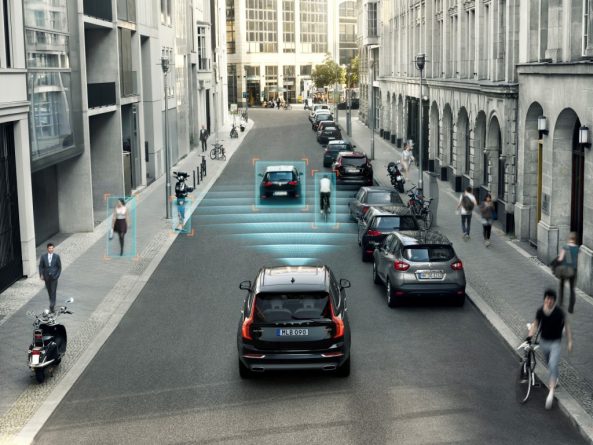Safety needs more attention for our market, especially when considering our scale of sales.
Road safety is a cause of major concern in India. I’m not going to include any statistical data, but the gist is that safety has to be dealt in a more serious manner. I’m not saying that it’s not being dealt with already but we could use more development of the existing technology to suit our road conditions. Let us see how exactly we can improve when compared to other major markets when it comes to safety.
Safety Of Cars
This is one of the major areas people tend to overlook when buying their car. Yes, performance figures and mileage are an important factor, but not as important as the safety of your life. Buyers are not as informed as they usually are in this region and that is a feeding factor.
Common misconceptions include deciding the build quality of a vehicle based on the door’s thud and sheet metal quality, believing that the higher weight of a car is better for stability, etc. While these are true to some extent, engineering has progressed so much in these vehicles today that the beliefs I just mentioned play a small role in making a difference of the safety of the vehicle.
For example, the sheet metal used in cars plays very little role in the safety of the cars themselves. What lies underneath (crumple zones, chassis rigidity, etc.) are the things which decide the safety of the car.
How To Be Better Informed?
The safety rating of the car is a good place to start. Steer away from the cars which get zero or one-star ratings in the safety crash tests conducted by Global NCAP. India was supposed to have a safety regulation programme called the Bharat New Vehicle Safety Assessment Programme (BNVSAP) but it’s still is at the proposal stage as of October 2018.
Several zero-star vehicles still are being manufactured by companies. If the rating is anything to go by, the cars are just a brittle shell that cannot protect the occupants present inside it. It’s essential that the safety of these cars improve, as several cars that sell in large volumes still have mediocre safety ratings.
Safety Technology In Cars
Here’s where things get a little more complicated for our market. Emergency braking systems, on a basic level, use camera sensors and/or radar sensors. As one can imagine, this is not so cheap. Hence reducing the cost before these get mandated should be a primary objective for the companies.
Speaking of mandate, our government is planning on implementing autonomous braking from 2022-2023. Realistically speaking, I don’t think it will be possible unless manufacturers are willing to cooperate and pitch in their developmental breakthroughs.
European regulations also look to mandate these systems by 2022. But they are ahead in terms of the scale of cars fitted with these systems. Cars like the Hyundai I20, Honda Fit (Jazz) already have emergency braking systems fitted to them in other markets.
Problems Posed By Indian Road Conditions
Then we come to the more acute issue. The word ‘bumper-to-bumper traffic’ would not hold true more than in India’s case. The margins in which we narrowly avoid accidents in daily traffic situations is very small. Hence the avoidance systems should adapt according to the road conditions that we are gifted with.
Other convenience-focused features like lane keep assist can pretty much exclusively be used only in well laid out highways in their current state. Overall, it will definitely be challenging to get these systems working in Indian road conditions. But that has always been the case. It might take time, but we will get there.
Conclusion
Several consumers face fatality while on the road. The number of vehicles on the road is increasing every single minute. Safety of drivers should be the number one priority of these cars. Flashy features like bigger infotainment systems, dazzling light assemblies have taken marketing presence over safety features. It’s important to note that basic features like dual airbags are being made standard in a lot of entry-level cars, and that’s a very good thing!
Appreciate Those Who Lead In Safety!
But those who one-up the competition and give more safety features do not get enough appreciation. The Toyota Yaris and Mahindra XUV300 are good examples of this. The XUV300 turned a lot of heads because of its dual-zone climate control and good driving dynamics. But in the midst of all of this, the fact that it got 7-airbags got forgotten to some extent.
Although it’s a single airbag more than the competition if it saves and protects the driver from injury, it’s much more valuable than the aforementioned features. Creature safety is more important than creature comfort!
If us, consumers start appreciating more safety features and buying safer models, the market will automatically start emphasising more and more on safety. After all, the products are a mirror of the consumers’ demand. The work is already underway. All I’m saying is that it would be better if the regulations became a bit more stringent.
Safety For Cars In India
– Cars, in general, are progressing towards becoming safer
– True for cars in the Indian market, but the rate of safety adoption should increase
– Tough to implement in India due to our comparatively unorganised road conditions and scale

